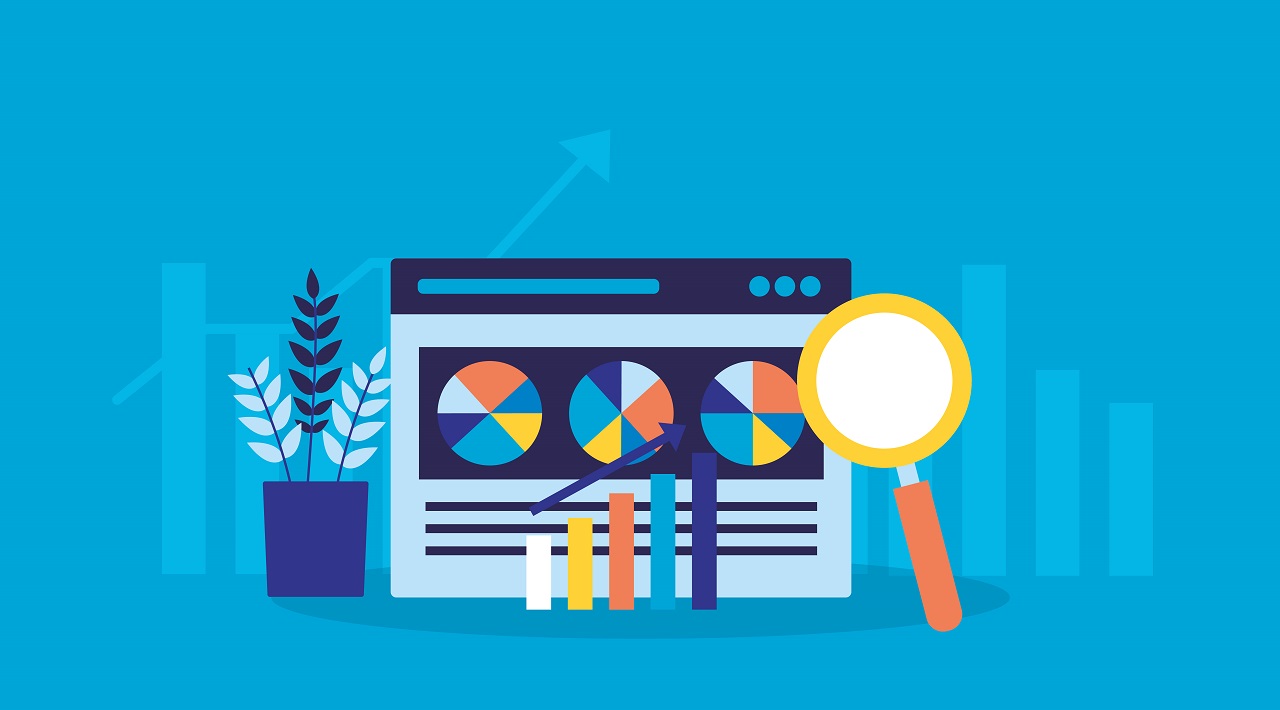
Rel Canonical
Named in many ways – ‘rel=canonical’, ‘rel canonical tag’, ‘rel canonical’, ‘canonical url tag’, ‘link canonical tag’, or ‘canonical tag’, they all refer to one and the same thing, i.e., the page level meta tag placed in the header of a webpage; rel canonical is the first or one of the first things in the HEAD section. It gives your website protection from duplicate content. Rel canonical tells search engines which URL represents the page being displayed. There are four reasons why your site should use rel canonical:
-
Defense against mirror sites. Mirror sites or scraper sites are always an issue for any website. Some are intentionally done maliciously by a 3rd party; there are some which were accidentally done during site development. Mirror sites are a trap for search engines and users to wind up in the wrong place, wasting their time and resources.
-
Focus the search engines. The rel canonical will direct the search engines accurately on the pages which are of genuine value and not waste time in indexing duplicate content. Spiders will be able to crawl valuable contents and index them properly.
-
Secure Page Level Authority. 301 redirect is the most effective way of preserving the page level authority in the same manner that rel canonical instructs the search engines on the proper placement of link equity.
-
Prevent Indexation Issue. By implementing a rel canonical link tag, having an indexation issue is prevented.
No Follow
Webmasters can tell search engines “Don’t follow links on this page” or “Don’t follow this specific link” by using “Nofollow”. “Nofollow” does not count for Google’s page ranking requirements. Using ‘nofollow’ causes Google to drop the target links from the web, but the target links may still appear in Google’s index if the same target links were used by other sites which did not use the ‘nofollow’ tag. There are three reasons for using ‘nofollow’ :
-
Untrustworthy content. Use ‘nofollow’ for contents of pages you link to which are not trustworthy, e.g., untrusted user comments or guestbook entries, etc. This is a way to discourage spammers from messing with your site.
-
Paid links. Webmasters should use ‘nofollow’ on paid links in order to prevent these paid links from manipulating search engines and causing negative impact to the users.
-
Crawl prioritization. Use ‘nofollow’ on ‘register here’ or ‘sign in’ links to enable spiders or Googlebots to crawl other pages which you would like to see in Google index.
No Index
“Noindex” tags are used by SEO to prevent search engine spiders from indexing a specific page on a site. If there is a ‘noindex’ tag on a page, Google will drop the page from their search results even if other sites link to it. Other search engines may have a different way of interpreting ‘noindex’ tag where a link to the page can still appear in their search results even if there is a ‘noindex’ tag.
There may be instances or cases when the page with ‘noindex’ tag still appears in Google search results. This could be because Googlebots haven’t crawled the site since the ‘noindex’ tag is added on the page. To have the ‘noindex’ page removed, use the URL removal request tool of Google.
These are some of the useful elements of search engine optimization that should not be overlooked. These are part of the important factors that search engines are looking at to see if a website is really serving its purpose and if it is right for a specific search. Online marketing is a complex process that needs an in-depth understanding for strategies to work out well.



